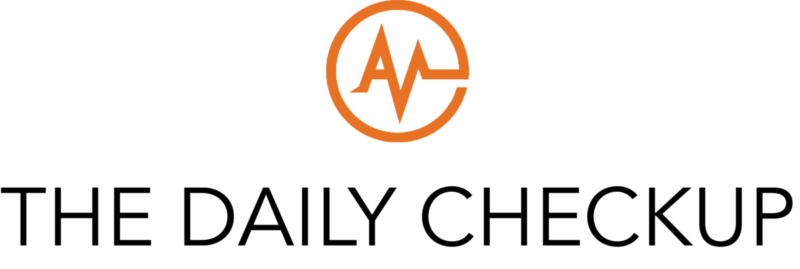Telehealth is a dominant force in both medicine and medical education. Because it offers so many benefits, including undeniable convenience, it’s likely that telehealth will continue for a long time, even after the present pandemic.
When you think of telehealth, you may think of live video streaming consultations between a patient and physician. The scenario outlined describes real-time telehealth, which is just one of two types of telemedicine. The second type of telehealth is called asynchronous telehealth, which is medical attention that is accessible anytime.
In the following post, we explain what asynchronous telehealth medicine entails, its benefits, and the difficulties that might arise during this type of medical care.
Defining Asynchronous Telehealth – Accessible Anytime
The American Medical Association defines asynchronous telehealth as a platform that uses technology to collect and transmit data for the use of remote patient monitoring. Sometimes this type of telehealth is referred to as store-and-forward telehealth.
Physicians can use this to track the wellness of patients who are at great distances from them. Physicians also use this technology to monitor patients who are in the same hospital, clinic, or even room as them. Such monitoring can be important for patients with severe conditions and is most often used for those experiencing heart complications or who have recently undergone surgery. In cases of infectious disease, like COVID-19, remote patient monitoring can keep healthcare professionals safe while still allowing them to do their jobs.
Asynchronous telehealth may require patients to fill out online questionnaires regarding their health, upload images to illustrate health concerns, or use an app to monitor their vitals. If a patient needs a specialist referral, it can be done quickly!
Benefits of Asynchronous Telehealth
Like synchronous, or real-time telehealth, asynchronous telehealth provides many benefits. They are as follows.
-
- Speed—Physicians can consult patients or schedule appointments based on changes in monitored readings.
-
- Safety—Limits the chances of spreading germs and illnesses.
-
- Clarity—Information communicated can be easily translated. This overcomes communication barriers occurring between patients and physicians speaking different languages.
-
- Continuity—Physicians can continue to care for patients even after they have left the hospital and clinic settings.
-
- Convenience—Physicians can check up on their patients with the click of a button.
Roadblocks with Asynchronous Telehealth
As society becomes increasingly reliant on technology, we are also becoming increasingly aware that glitches can and often do occur. This applies to telehealth as well. There is the chance that readings might be off because of technical issues. There is also the chance that a physician is unable to determine a course of care based on images sent remotely.
The good thing is that solving these issues is easy. In most cases, it simply involves scheduling an in-person consultation or appointment.
Interested in learning more about asynchronous telehealth?







Leave A Comment